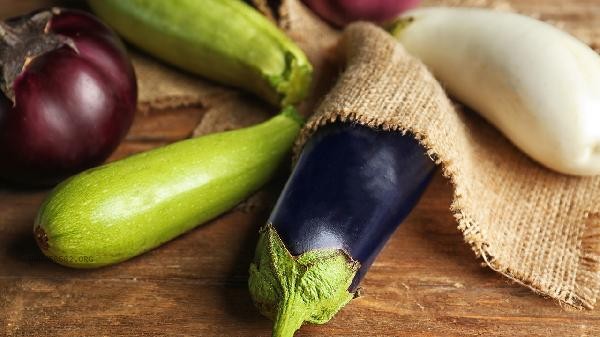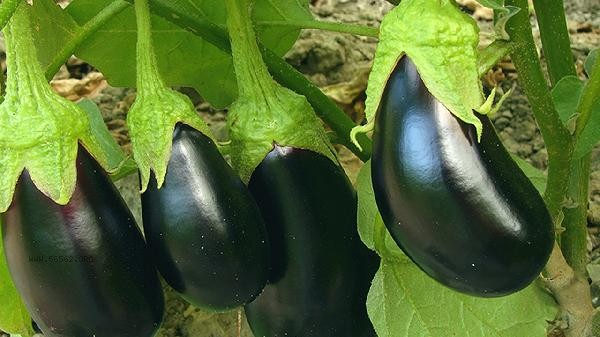Cooking eggplants through steaming, cold mixing, and low oil frying can reduce oil consumption and maintain their deliciousness. Eggplant itself has strong oil absorption, but pre-treatment and cooking techniques can effectively reduce oil intake while preserving nutrition and taste.

1. Steamed Eggplant
Steaming is the cooking method that can reduce oil consumption the most. Cut the eggplant into strips or pieces and place them in a steamer. Steam over high heat for 8-10 minutes until soft and tender. Steam the eggplant and drizzle it with a sauce made of garlic paste, soy sauce, and vinegar. Sprinkle a little chopped scallion or cilantro to enhance the flavor. This method not only uses very little oil, but also maximizes the retention of vitamin P and potassium elements in eggplants, making it suitable for people with hypertension to consume. Soaking eggplants in salt water before steaming can prevent oxidation and discoloration.
2. Cold eggplant puree
Steam the whole eggplant and tear it into strips. Add a small amount of sesame paste, minced garlic, and spicy millet for seasoning. Sesame paste provides healthy unsaturated fatty acids, with a dosage controlled within 5 grams to achieve a rich and fragrant taste. The cold mixing method does not require additional oil, and the eggplant fiber is more easily digested after softening, making it suitable for summer heat dissipation. If you like sour and spicy flavors, you can use lemon juice instead of some vinegar to increase vitamin C content.
3. Fry and grill with less oil
Use a non stick pan to lightly coat with oil, slice the eggplant and slowly fry over low heat until both sides turn golden brown. Heating eggplants on high heat in a microwave for 2 minutes before frying can reduce their oil absorption. The oven method is to cut eggplant into pieces, brush a small amount of olive oil, bake at 200 degrees for 15 minutes, sprinkle black pepper and basil to enhance the aroma. These two methods use only one-third of the oil used in traditional methods, yet they can produce a smoky flavor.

4. Stewing Method
When stewing eggplant with vegetables such as tomatoes and green peppers, first stir fry the eggplant until it is slightly charred, and then add a small amount of water to stew. Utilize the natural sour taste of tomatoes to reduce greasiness, and add mushrooms or tofu to enhance freshness. This method reduces oil consumption by half compared to braising, and the polyphenols in eggplant are more easily absorbed when dissolved in the soup. The stewing time should be controlled within 10 minutes to prevent nutrient loss.
5. Microwave pretreatment
Before cooking any eggplant dishes that require oil frying, heat the cut eggplants on high heat in the microwave for 3 minutes to soften the cell walls before cooking. The oil absorption of pre treated eggplants is reduced by more than 70%, and only one-third of the normal oil amount needs to be added during subsequent quick frying. This method is particularly suitable for making heavy flavored dishes such as fish flavored eggplant, which can maintain a rich flavor while avoiding excessive intake of oil. Eggplant is rich in pectin and anthocyanins, and it is recommended to consume 2-3 times a week. Pairing with vitamin C-rich green peppers or tomatoes during cooking can promote iron absorption. People with weak gastrointestinal function should eat without skin to avoid irritation from solanine. Choose tender eggplants with smooth skin and fresh stems, cut them open and cook them as soon as possible to prevent browning. The nutritional differences between eggplants of different colors are not significant, and the purple skinned variety has slightly higher antioxidant substances. Eggplant dishes cooked with less oil are more suitable as a source of dietary fiber for weight control and the three high population.









Comments (0)
Leave a Comment
No comments yet
Be the first to share your thoughts!